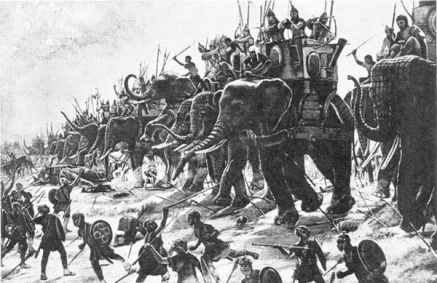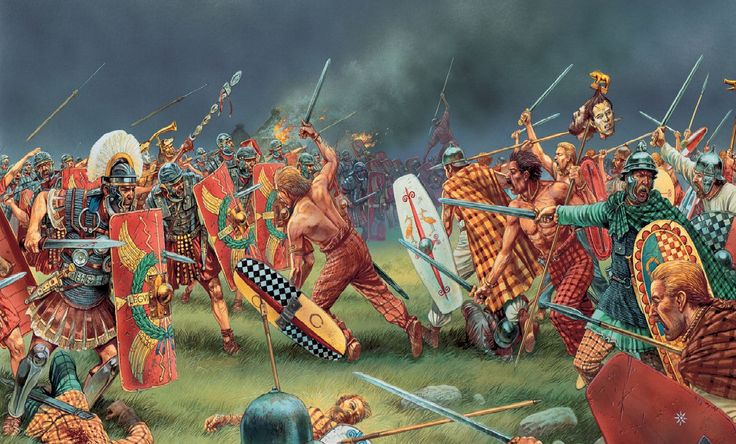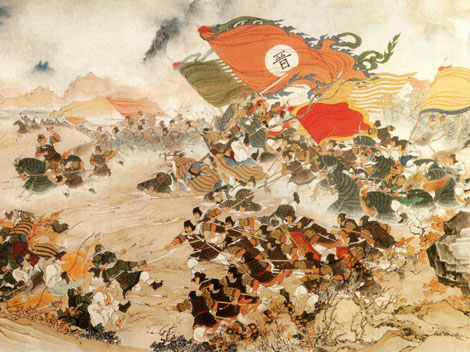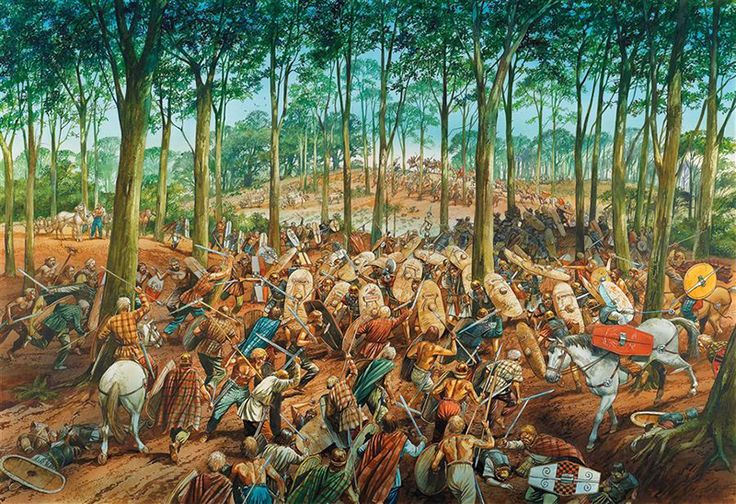From the dawn of time to the new era, a great many lives had been lost on the battlefield. It is not only about the victory; it is about those who died fighting for it. Every battle has a significance and impact over the world history, so let’s check out those three ancient clashes, where victory cost hundreds of thousands of lives.
The Kalinga War – c. 262 – c. 261 BCE

Ashoka, leader of the Maury dynasty and the greatest emperor of India and his battle against the Kalinga republic has inscribed the pages of ancient history with the blood of few hundred thousand people. Although many consider this part of history to be mythical, it is worth looking into for it caused a tremendous change in the heart of a powerful Emperor and the life of ancient Indians.
For Ashoka, it was of utmost political and economic importance to take over the feudal republic and strengthen the rule of his dynasty. Kalinga, also referred to as Odisha, was a significant trade center, an aspiring republic of freedom, and arts, a flourishing culture that had a great impact on the entire Indian subcontinent.
Before his final decision to conquer Kalinga by force, Ashoka the Great sent a letter to the king demanding full submission. King Raja Anantha Padmanabhan declined, sealing the fate of his republic. As a result, Ashoka the Great led a huge army to the lands of the free folks. An army of approximately 400,000 followed their emperor into a war. Ashoka was eager to outdo his father Bindusara and grandfather Chandragupta and accomplish what they never could – take over the Republic of Kalinga.
The Republic was greatly outnumbered, they had only 60,000 infantry, 10,000 cavalry, and 700 war elephants to protect their land, and possibly numerous civilians who had taken whatever weapon they could, in order to protect their homes and families.
In c. 261 BCE, on the Dhauli hill next to the Daya River, the army of Ashoka and that of Kalinga met. The battle was so fierce and devastating that the Daya River waters turned red from the blood of both Kalinga warriors and Magadha warriors. The land was completely destroyed and plundered, the people massacred. 250,000 were killed and and another 150,000 enslaved. Ashoka even thought he was the winner at the end the victory was so bitter, that he turned his heart to Buddhism and peace. In the next 40 years of his rule, he did not pick up the sword even once and preached non-violence and peaceful prosperity.
Battle of Watling Street – AD 60 or 61, Boudica’s uprising

The battle of Watling Street is a significant fight between the British led by the infamous Boudica and the roman army under the command of Gaius Suetonius Paulinus. This battle is a turning point for the Island, as it marks the end of the British resistance for the next 350 years. Boudica was the widow of the late king of the Iceni. After the death of her husband, she and her daughters suffered great humiliation and terror in the hands of the Romans, and so did her kingdom. Thus, as the roman governor was on his quest to subdue the Island of Mona the spark of revolt was lit.
Boudica sought an alliance with her neighbors the Trinovantes, who accepted without a doubt, as they too had a grudge against the Roman invaders. Afterward, the allied rebelling forces won against the Romans in the Battle of Camulodunum and ambushed the Ninth Spanish Legion, Boudica headed to Londinium. However, the Roman governor got to the city firsts and evacuated it. The allied forces, once again razed the city, leaving no survivors.As Boudica’s forces continued their revolting march, Suetonius Paulinus’ army managed to regroup, although without some of the legions.
The Romans were vastly outnumbered. If we could believe the ancient sources the rebels were over 100,000 up to 230,000, while the Romans were only some 10,000 legionnaires and a small cavalry. Suetonius’ only option was to hope tactics will help him overwhelm the British rebels. He deployed his men in a narrow gorge or on top of a hill, where the rebels could not descend on them all at once and outflank the Romans. Ideally, they had only one path to launch an attack. Boudica’s rebel army, who was at the time poorly equipped launched and all out attack and were immediately welcomed by 2 volleys of pilas. The roman javelins throw the rebel army into panic and broke their lines, many impaled by javelins covered the ground. When he saw the unorganized and panicked enemy, Suetonius ordered his men to engage in melee combat.
Even if the numbers are exaggerated, the fight was nothing but a massacre. Few thousands born to fight and kill roman legionnaires against unequipped rebel army mainly consistent of civilians of all age and gender, all put to the sword without any mercy. Estimated casualties – up to 80,000 British rebels. The battle was the end of the uprising and secured Rome’s rule over the Isle.
Battle of Fei River – 383 AD

Ancient China. The fall of the Qin Empire was a turning point in Chinese history. The significant Battle of Fei River marked the rise of the Eastern Jin Empire and a new era in Chinese culture. Emperor Xuanzhao of the Qin Empire was a conqueror by blood. Under his rule, the Qin empire flourished and greatly expanded. He sought to destroy the lands of the rivaling Jin dynasty and gathered an enormous for the time army of 270,000 cavalry and 600,000 infantry.
The Chinese conqueror continued his march into the lands of the Jin dynasty, capturing cities one after another. The Jin had only a much smaller force of 80,000 elite defenders to protect their homeland from the invader, however, they had few advantages on their side. The horde of Xuanzhao was mainly of men forced to fight or face awful penalties, unorganized and not very well trained if trained at all. Even thought the horde was superior in numbers, the defenders not only had the spirit to protect their homeland but knew it way better.
Finally, in November 383 near the Fei River, both armies stood on the opposite banks. The Qin Emperor hoped he could ambush the Jin as they were crossing and once and for all get rid of the resistance, and ordered a tactical retreat so that they will follow him and try to get to his bank. Little did he knew Jin’s tactics would hit his men so hard, it will put an end to the conquest. As the Qin army was withdrawing from their bank, a rumor was spread they are defeated, and hence, all went into chaos. No one knew what was really happening and many believed they are actually defeated.
As the mass panic began to advance in the entire line, the anyway undisciplined force now completely broke and no orders were followed. The Jin elites crossed the river and launched an all-out attack and the Qin were completely routed and destroyed, fleeing in panic or falling under the swords of the defenders. The unorganized retreat of their army, the continuous attack of the Jins and the panic, was worth the lives of about 70% of the Qins and minimal casualties for the defenders. Records say up to 700,000 of the Qin soldiers met their end in the massacre.
All the three battles were but a massacre and nothing more than a bloodshed, which soaked the lands with the lives of several hundred thousand people each. Even as the numbers can be put to a debate, battles were evidently a moment of history when no soul was spared, in the pursuit of land or glory.
